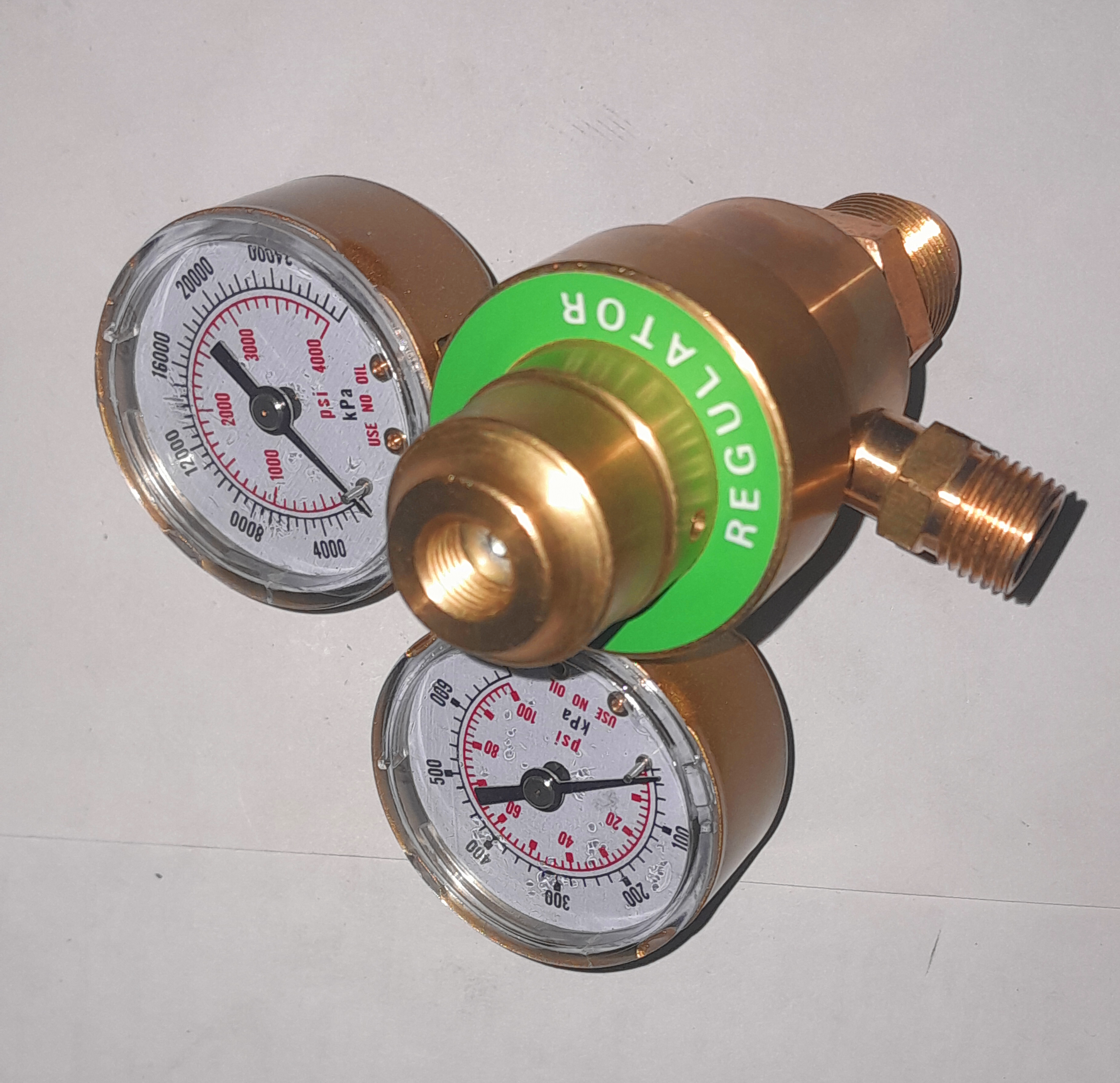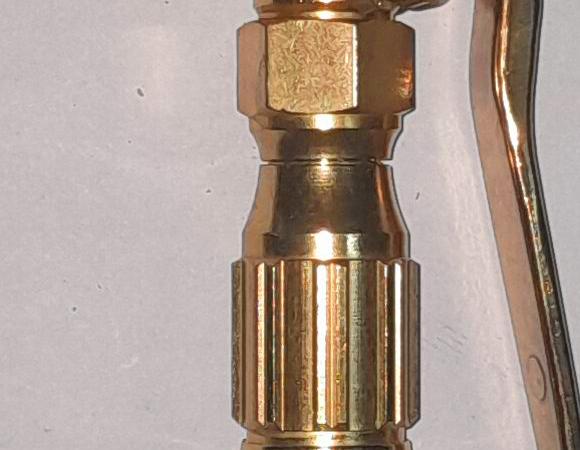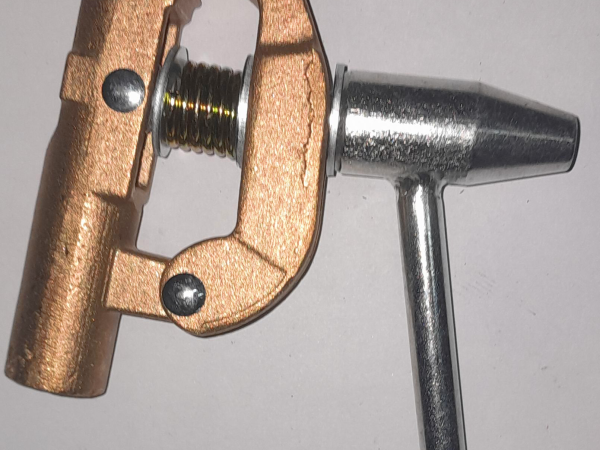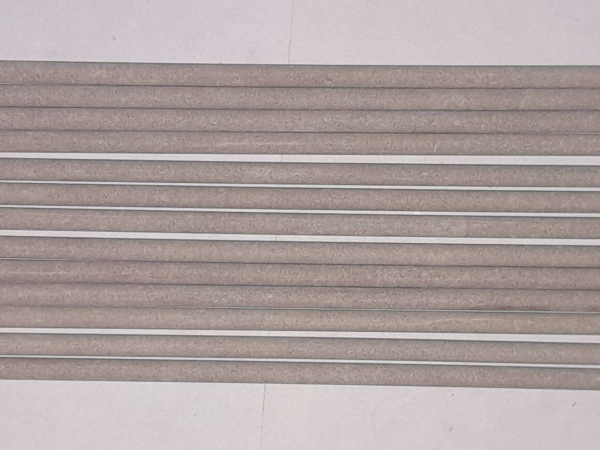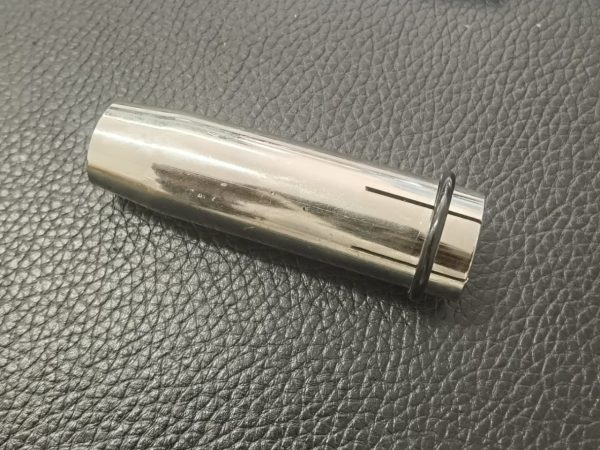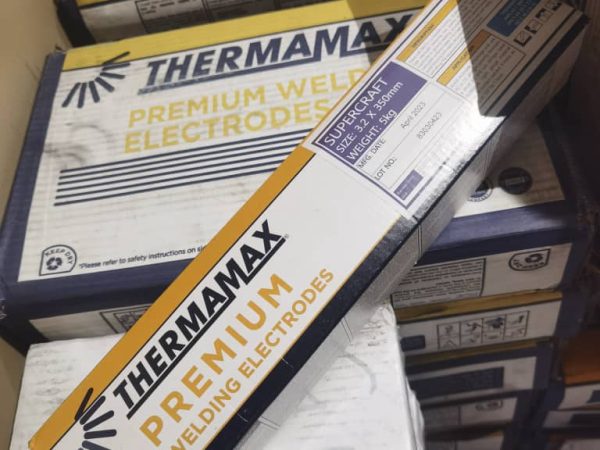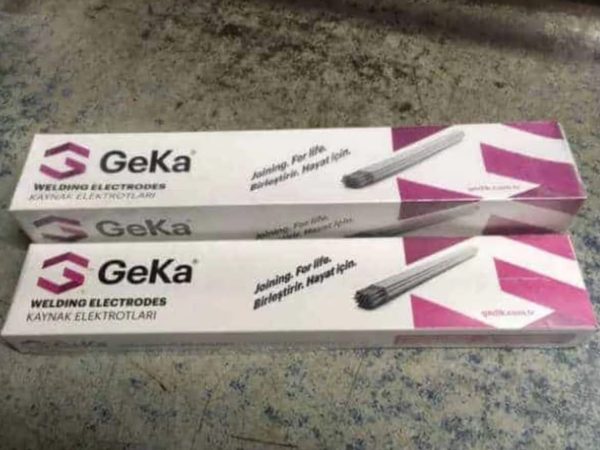Description
An oxygen regulator is a device used to control and regulate the flow of oxygen from a high-pressure oxygen cylinder to a lower, usable pressure. It is commonly used in medical, industrial, and welding applications. Here’s a detailed description of an oxygen regulator:
—
Key Features:
1. Pressure Control:
– Reduces high-pressure oxygen from a cylinder to a safe and manageable level for use.
2. Gauges:
– Typically includes two gauges:
– **Cylinder Pressure Gauge:** Displays the pressure of oxygen remaining in the cylinder.
– **Flow Rate Gauge:** Shows the rate of oxygen flow (measured in liters per minute or cubic feet per hour).
3. Adjustable Flow Rate:
– Allows the user to adjust the oxygen flow to meet specific requirements.
4. Material:
– Made from durable materials such as brass or stainless steel to withstand high pressure and resist corrosion.
5. Safety Features:
– Includes a pressure relief valve to prevent over-pressurization and ensure safe operation.
6. Connections:
– Designed to fit standard oxygen cylinders with compatible CGA (Compressed Gas Association) fittings.
—
Applications:
– Medical: Used in hospitals, clinics, and home care to deliver oxygen to patients.
– Welding: Regulates oxygen flow for oxy-fuel welding and cutting processes.
– Industrial: Provides controlled oxygen flow for metal cutting, glassworking, and chemical processes.
– Scuba Diving: Used in oxygen rebreathers for diving applications.
– Aviation: Supplies oxygen to pilots and passengers at high altitudes.
—
Benefits:
– Precision Control: Allows accurate adjustment of oxygen flow for specific needs.
– Safety: Built-in safety features ensure reliable and secure operation.
– Durability: Resistant to corrosion and wear, ensuring long-lasting performance.
– Versatility: Suitable for a wide range of applications in medical, industrial, and recreational settings.
—
Safety Tips:
– Always inspect the regulator for damage or leaks before use.
– Ensure the regulator is compatible with your oxygen cylinder and application.
– Use the correct pressure settings to avoid over-pressurization.
– Store and handle oxygen cylinders in a safe, upright position.
– Follow manufacturer guidelines for installation and operation.
—
An oxygen regulator is an essential tool for safely and efficiently controlling oxygen flow in various applications. If you need further details or assistance, feel free to ask!

